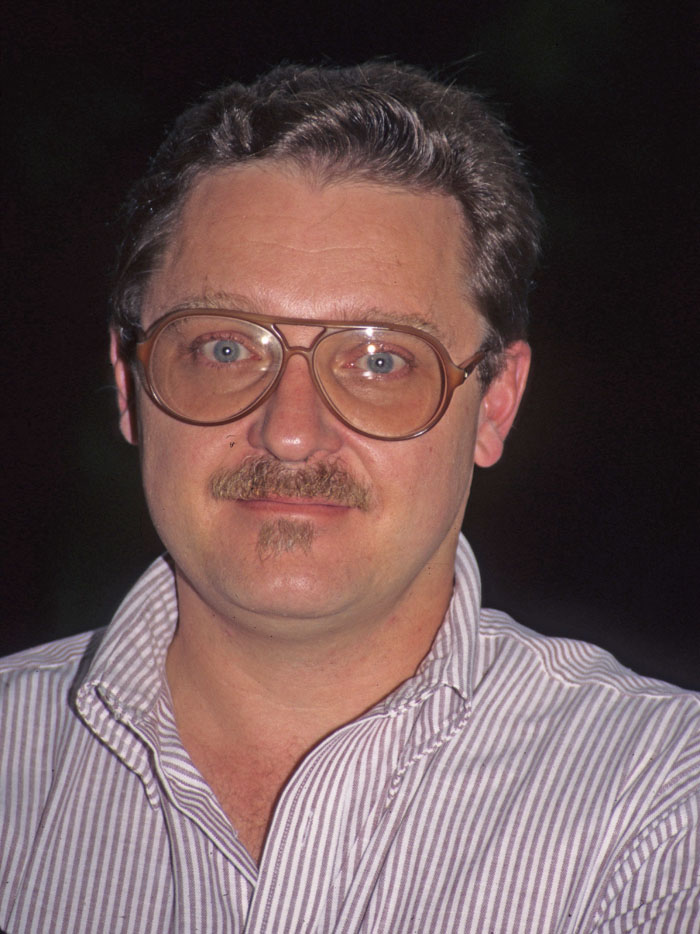Former NYBG Student Helps Solve Murder
Posted in Science on March 3 2011, by Plant Talk
 |
Scott A. Mori, Ph.D., Nathaniel Lord Britton Curator of Botany, has been studying New World rain forests for The New York Botanical Garden for over 35 years. He has witnessed an unrelenting reduction in their extent and, as a result, is concerned about their survival. |

Botanists at The New York Botanical Garden discover, classify, and study the evolutionary relationships of plants and fungi, their ecological interactions, and how they are used by mankind. Their tool kit for identifying and studying plants includes examining a plant’s external appearance, internal appearance, and it’s genetic makeup (done through the aid of DNA sequencing). The knowledge our students gain in their studies gives them the ability to recognize plants and fungi even when only fragments of them are available. As a result, Garden scientists are periodically called upon by authorities to identify poisonous mushrooms, herbal medicines (whether whole, or ground into powders), hallucinogenic and other plant derived drugs, and even plants associated with crimes. The latter is called forensic botany.
Last November, a Ft. Lauderdale resident spotted a container floating in a canal outside of his house. When he went to see what was inside, he was astonished to find a pair of arms and legs inside. The torso was subsequently discovered by fishermen in a nearby canal, and a severed head was discovered by employees of a hardware store in another locality. This dismembered corpse was identified by its fingerprints as Warren Danzig, whose residence was listed as the home of Jamie Saffran. When officers visited his home, they were told that Danzig was in the Dominican Republic and only used Saffrran’s home as a place to get mail.
Because plant parts, especially leaves, were mixed in with the body parts the police contacted Dr. John Pipoly, a graduate of The New York Botanical Garden/City University of New York joint Ph.D. program in 1986. Pipoly, who is an urban horticulture extension agent for Broward County, was called to help identify the plant remnants mixed in with the body parts. Pipoly is a trained plant taxonomist (a scientist who, among other things, classifies and identifies plants) so the task of figuring out the name of a plant from just its parts did not seem the impossible task that it would seem to most people. Immediately, he recognized that the leaves represented two different cultivated plants, which he suspected were the umbrella tree, Schefflera actinophylla and the Chinese privet, Ligustrum sinense. He then used the plant collections in the herbarium of the Fairchild Tropical Botanical Garden in Coral Gables to confirm his identifications. Although the umbrella tree was common in the area, Pipoly had never seen the Chinese Privet in Broward County.
Finding parts of the umbrella tree and the rare Chinese privet intermixed with the body parts as well as on the property of Jamie Saffran confirmed the suspicion of the authorities that Saffran was likely the murderer. Other evidence was the discovery of the same kind of rope found with the body and on his property as well as the use of Danzig’s credit card by Saffran to pay for part of his daughter’s education. Saffran was recently denied bond in the case.
Pipoly’s position involves many tasks, such as heading the Florida Master Gardener Program, monitoring climate change, identifying what pests attack plants, and determining what native plants are best for growing as ornamentals, but it’s unlikely he ever imagined that one day he would help solve a murder!

